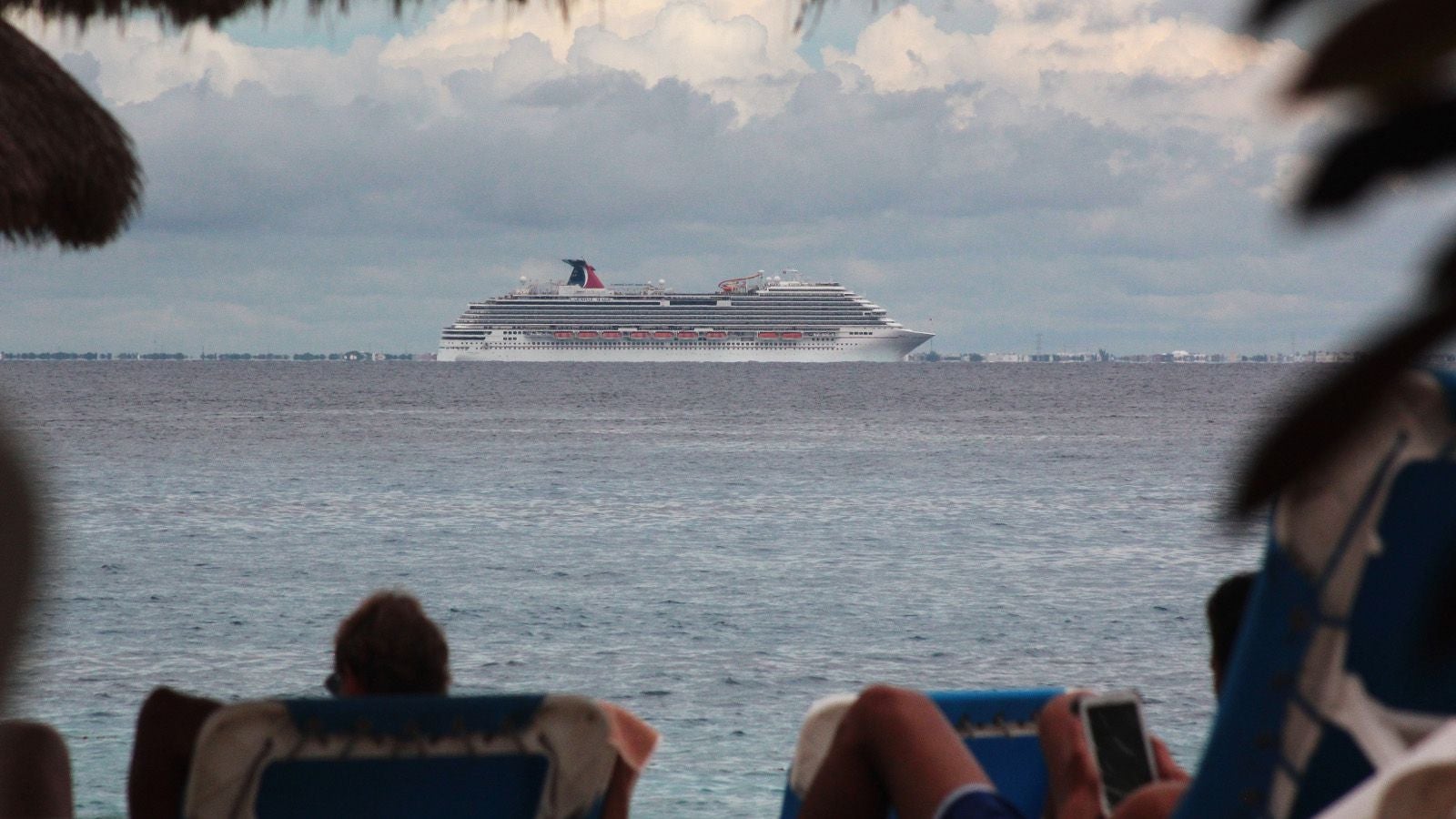Cruise liner Carnival is wheedling its way into Cuba with “social impact” cruises
In another sign of the tourism industry’s feeding frenzy around US travel to Cuba, global cruise liner Carnival is launching a line of ”social impact” cruises to the Caribbean island beginning in May of next year.


In another sign of the tourism industry’s feeding frenzy around US travel to Cuba, global cruise liner Carnival is launching a line of ”social impact” cruises to the Caribbean island beginning in May of next year.
The company, which has gained approval from the US Treasury and the US Department of Commerce, is awaiting a green light from the Cuban government to launch, Carnival’s CEO Arnold Donald said on a conference call on July 7. The initiative comes shortly after the US government announced that it will be reopening its embassy at Havana for first time in 50 years and loosening travel restrictions.
Carnival plans to sail these expeditions through its newly launched business venture focused on “immersive” and “social travel,” which basically amounts to lending locals a hand at tasks like teaching English, agricultural work, and infrastructure projects. The bi-weekly cruises will initially sail a 710-passenger ship to the Dominican Republic from Miami starting in April, and then expand operations to Cuba in May, pending the government’s approval.
The price of the cruises to Cuba ($2,990) will be double Carnival’s rate to sail to the Dominican Republic ($1,540) and significantly higher than other cruises to the Caribbean. A Carnival spokesperson tells Quartz that the higher price tag has to do with the visa costs and paperwork required to enter Cuba.
Last month, Tara Russell, president of the social impact initiative, told Buzzfeed that the new social impact venture is marketed towards “purpose-driven millennials”, “mindful families”, and “the bewildered and aware” (the last description apparently refers to empty nesters and older, charity-minded people seeking some adventure).
Putting a social bent on cruises to Cuba is a convenient way of skirting existing US restrictions on what type of travel to Cuba is permitted, which is broken down into 12 permitted travel categories, including cultural and humanitarian exchanges, family visits, sport competitions, educational, religious, professional research, and journalistic activities. Visitors must engage in these activities for eight hours per day, which will apply to Carnival’s customers.
Although Carnival is the first cruise line to announce concrete plans to delve into the Cuban market since the diplomatic opening, other lines are also chomping at the bit, waiting for the tourism restrictions to lift.
The enthusiasm of US travel companies has sparked concern among environmental groups that fear a stampede of American tourists taking their toll on Cuba’s delicate ecosystems.
In Myanmar, which recently opened its doors to tourism after years of isolation, an influx of foreign tourists has already led to crowded waters and increased pollution. Residents of the Galapagos islands in Ecuador, meanwhile, are fighting the Ecuadorian government’s plans to loosen foreign investment and tourist travel to fend off ecological damage.